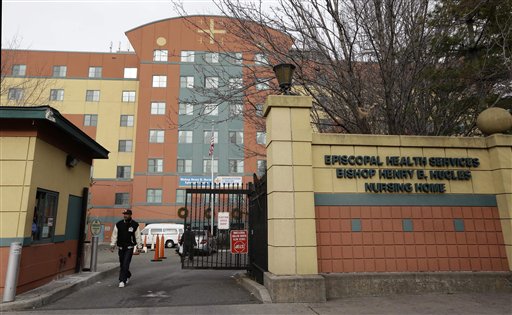Grim limbo for Brooklyn’s nursing home evacuees

Nursing Home Evacuees_Lieb.jpg
Hundreds of elderly and disabled New Yorkers who were hurriedly evacuated from seaside nursing homes and assisted living residences after Superstorm Sandy are still in a grim limbo two months later, sleeping on cots in temporary quarters without such comforts as private bathrooms or even regular changes of clothes.
Their plight can be seen at places like the Bishop Henry B. Hucles Episcopal Rehabilitation and Skilled Nursing Center in Brooklyn, which was full before the refugees arrived and is now swollen to nearly double its licensed capacity.
For eight weeks, close to 190 patients forced out of the flooded Rockaway Care Center in Queens have been shoehorned into every available space at the 240-bed Bishop Hucles.